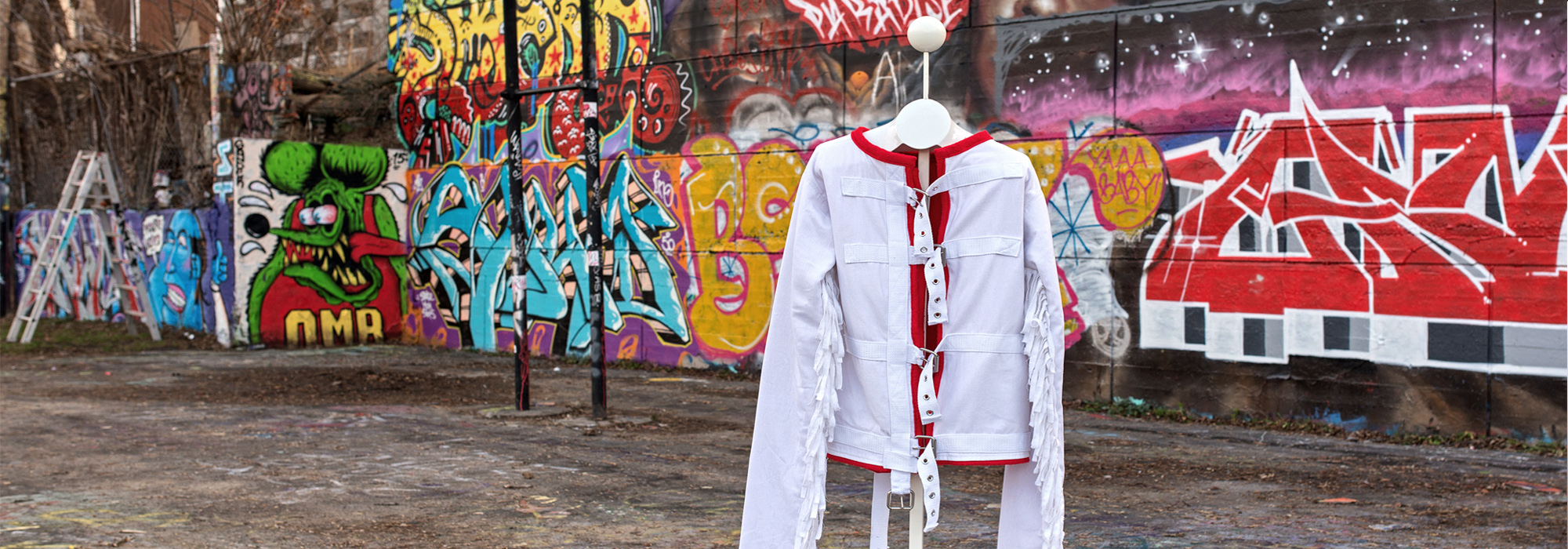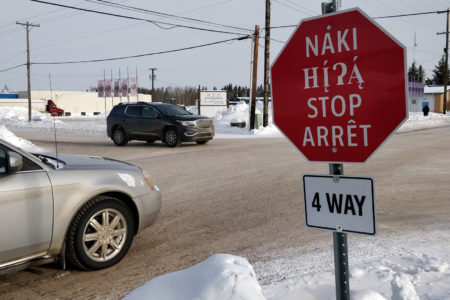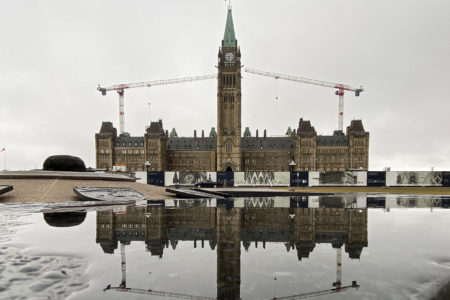
Since its inception in 1876, the Indian Act has maintained a chokehold on all aspects of First Nations life in Canada. The Act sets the terms of the relationship between First Nations and the federal government, and also sets the parameters for governance on reserve. The document is racist and sexist. And yet it also affirms the unique set of obligations the federal government owes First Nations peoples.
While First Nations people living in urban areas are often thought of as falling outside of the purview of the Indian Act, the status provisions of the Act affect most First Nations people living in urban areas in one way or another. Fifty percent of First Nations people in Canada live in urban areas. First Nations people in urban areas are diverse, coming from many different nations and territories. Urban First Nations peoples face many challenges, including racism and poverty. While key indicators of health and well-being, such as education and rates of chronic illness are better for urban First Nations people than for those living on reserve, they still fall far behind other urban residents.
The Indian Act shapes patterns of migration to cities, as well as the challenges faced by urban First Nations peoples. Today, as the federal government begins to contemplate the end of the Indian Act, it is worth considering how the end of the Act might affect First Nations people living in urban areas.
Determining community membership and governing citizenship was a central aspect of First Nations governance for thousands of years. The Indian Act severely constrains these crucial governance powers. One of the most powerful aspects of the Act has been the way it maintains a distinction between “status” (or registered) and “non-status” Indians. The creation of these legal categories facilitates the assimilation of First Nations peoples by determining the conditions under which someone might lose their status, and the rights which Indian status confers.
For instance, First Nations women who married non-Indigenous men were initially stripped of their status, as were their children. As a consequence, those who lost their status often also lost their band membership and the right to live on reserve, and were often forced to relocate to urban areas. While these sexist provisions of the Act were successfully challenged by First Nations women and eliminated with the passage of Bill C-31 in 1985, the Indian Act continues to strip status from children if both grandparents are not status Indians.
Through these provisions, the Indian Act has limited the ability of First Nations peoples to decide for themselves where they will live.
These status provisions undermine First Nations governance structures and alter the gender and kinship relations that have traditionally formed the basis for community membership and belonging. Through these provisions, the Indian Act has limited the ability of First Nations peoples to decide for themselves where they will live. When individuals lose their status, they might feel compelled to migrate to the cities, a phenomenon reflected in urban Aboriginal populations. Today, less than half of First Nations people with status live on reserve, and the number of First Nations people in Canada without status increased by 61.3 percent between 2006 and 2011.
Meanwhile, urban life is often erroneously viewed as incompatible with the maintenance of Indigenous culture and identity. Policy-makers and misinformed pundits alike have encouraged urban migration as a response to the lack of educational and economic opportunities on many reserves. Such people attribute the lack of services or opportunities to remoteness, and fail to recognize how the Indian Act contributes to these conditions. Not only does the Indian Act assign responsibility for delivering and funding key health and social services on reserve to the federal government, which chronically underfunds these services, the Act also severely limits the ability of band governments to make timely governance decisions concerning how programs and services will be delivered.
Improving connections between urban and reserve-based communities stands to improve the well-being of Aboriginal peoples in urban areas.
Abolishing the Indian Act, and returning control over crucial governance institutions, including membership and citizenship laws, to First Nations communities could serve as an opportunity to strengthen connections between urban and nonurban First Nations peoples. Despite moving to the city, many First Nations people maintain connections to their territories and communities of origin. Some scholars have suggested that, in addition to offering the rights of citizenship to members based off reserve, these ties could be enhanced through powers of taxation. In this way, First Nations peoples living in cities might have the option of supporting their home communities by directing their taxes to their communities of origin. These citizenship rights could in turn provide an avenue for urban First Nations peoples to fortify ties to community and participate in land-based activities that are the basis for linguistic and cultural knowledge. Considering that cultural identity is an important determinant of health and well-being, improving connections between urban and reserve-based communities stands to improve the well-being of Aboriginal peoples in urban areas.
More than 140 years after its creation, the Indian Act continues to serve as a policy tool that facilitates the assimilation and dispossession of First Nations people and undermines the self-determining authority of First Nations. It has functioned by creating a legal framework that distinguishes between status and non-status First Nations peoples, as well as on- and off-reserve spaces of governance and belonging. Abolishing or amending the Indian Act must be done with the goal of enhancing First Nations governance and restoring connections to territory. It will require considering how First Nations peoples in urban areas will be affected by such changes, and First Nations should lead this process of change.
This article is part of the special feature The Indian Act: Breaking Its Stubborn Grip.
Photo: Photo by Jeff Thomas, part of “Urban Spaces,” a photographic installation that is a collaboration between Thomas and Tanya Harnett and curated by Ociciwan. Thomas’s photograph provokes questions surrounding Indigenous culture, challenging perceptions of Indigenous and non-Indigenous ideology. Harnett created a custom jacket referencing both a straitjacket and an item of traditional Indigenous clothing that engages a double reading of constriction and the idea of an Indigenous presence and ceremony through its fringes. The location of the billboard in Edmonton acts as a type of marker or gateway between class-divided neighbourhoods by providing unique imagery highlighting the complexities of urban Indigenous experience.
Do you have something to say about the article you just read? Be part of the Policy Options discussion, and send in your own submission. Here is a link on how to do it. | Souhaitez-vous réagir à cet article ? Joignez-vous aux débats d’Options politiques et soumettez-nous votre texte en suivant ces directives.








